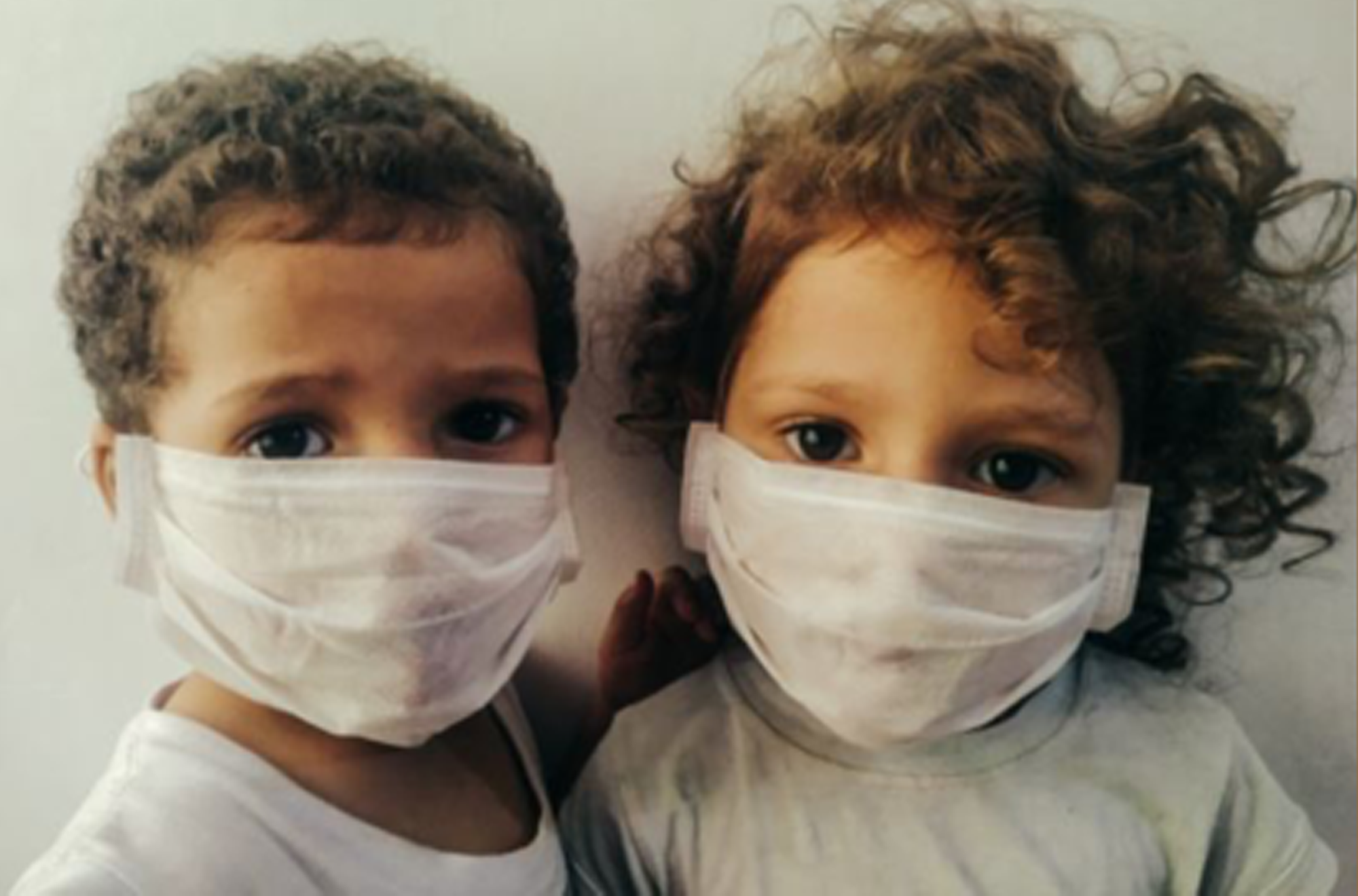
Global minimum estimates of children affected by Covid-19-associated orphanhood and deaths of caregivers: a modelling study
by Susan D Hillis, H Juliet T Unwin, Yu Chen, Lucie Cluver, Lorrain Sherr, et al.
The Lancet, 20 July 2021
Background
The COVID-19 pandemic priorities have focused on prevention, detection, and response. Beyond morbidity and mortality, pandemics carry secondary impacts, such as children orphaned or bereft of their caregivers. Such children often face adverse consequences, including poverty, abuse, and institutionalisation. We provide estimates for the magnitude of this problem resulting from COVID-19 and describe the need for resource allocation.
Methods
We used mortality and fertility data to model minimum estimates and rates of COVID-19-associated deaths of primary or secondary caregivers for children younger than 18 years in 21 countries. We considered parents and custodial grandparents as primary caregivers, and co-residing grandparents or older kin (aged 60–84 years) as secondary caregivers. To avoid overcounting, we adjusted for possible clustering of deaths using an estimated secondary attack rate and age-specific infection–fatality ratios for SARS-CoV-2. We used these estimates to model global extrapolations for the number of children who have experienced COVID-19-associated deaths of primary and secondary caregivers.
Findings
Globally, from March 1, 2020, to April 30, 2021, we estimate 1 134 000 children (95% credible interval 884 000–1 185 000) experienced the death of primary caregivers, including at least one parent or custodial grandparent. 1 562 000 children (1 299 000–1 683 000) experienced the death of at least one primary or secondary caregiver. Countries in our study set with primary caregiver death rates of at least one per 1000 children included Peru (10·2 per 1000 children), South Africa (5·1), Mexico (3·5), Brazil (2·4), Colombia (2·3), Iran (1·7), the USA (1·5), Argentina (1·1), and Russia (1·0). Numbers of children orphaned exceeded numbers of deaths among those aged 15–50 years. Between two and five times more children had deceased fathers than deceased mothers.
Interpretation
Orphanhood and caregiver deaths are a hidden pandemic resulting from COVID-19-associated deaths. Accelerating equitable vaccine delivery is key to prevention. Psychosocial and economic support can help families to nurture children bereft of caregivers and help to ensure that institutionalisation is avoided. These data show the need for an additional pillar of our response: prevent, detect, respond, and care for children.
Because most COVID-19 deaths occur among adults, not children, attention has been focused, understandably, on adults. However, a tragic consequence of high numbers of adult deaths is that high numbers of children might lose their parents and caregivers to COVID-19, as occurred during the HIV/AIDS, Ebola, and 1918 influenza epidemics.
Our goal is to shine a bright light on this urgent and overlooked consequence that is harmful for children. Orphanhood, defined by UNICEF as death of one or both parents, and death of caregivers can have severe consequences.
Because COVID-19 can lead to death within weeks, families have little time to prepare children for the trauma they experience when a parent or caregiver dies. Evidence shows institutionalisation—a common response even when there is a surviving parent—can result in developmental delays and elevated abuse.
Children losing primary caregivers have higher risks of experiencing mental health problems; physical, emotional, and sexual violence; and family poverty.
These adverse experiences raise risks of suicide, adolescent pregnancy, infectious diseases including HIV/AIDS, and chronic diseases.
Because of such findings, 10% of bilateral funding is invested to support orphans and vulnerable children within the multi-billion-dollar US President’s Emergency Plan for AIDS Relief (PEPFAR).
PHOTO: UN Global Compact



